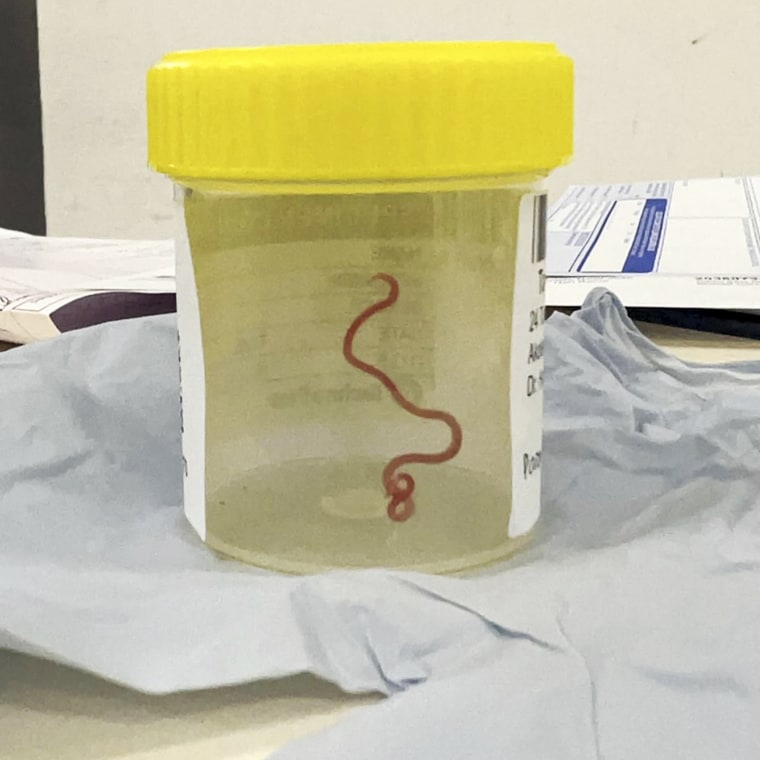Infectious disease expert Sanjaya Senanayake was working the wards in Canberra Hospital in Australia that day when he got a call from his neurosurgical colleagues.
He did not expect the news that came next.
The 3-inch-long Ophidascaris robertsi is a roundworm that is usually found in pythons. It is the first time the parasite had been identified in a human being.
“It’s not meant to develop in her. It’s meant to develop in small mammals and marsupials. So she was an accidental host,” Senanayake said. The parasite had made its way through the woman’s lungs and liver and had finally arrived in her brain, he said.

Bandi and Senanayake are among the authors of an article that describes the case in the latest edition of the journal Emerging Infectious Diseases.
Senanayake said the patient lived near a lake that was also home to carpet pythons. And while she had come in no direct contact with snakes, she often collected native vegetation from around the lake to use in cooking.
That led doctors to believe she may have unknowingly consumed the worm’s eggs because of contamination.
The larvae are known to survive for a long time in animal hosts, researchers said, warning of more cases’ popping up among humans.
“We’ve had 30 new infections in the last 30 years appear in the world,” Senanayake said, adding that almost three-quarters of them jump from the animal population.
It is a result of what he described as human encroachment on natural animal habitat.
“We will see more of these types of infections,” he added.
CORRECTION (Aug. 29, 2023, 11:01 a.m. ET): A previous version of this article misstated how doctors think the patient ingested the parasite. It was by unknowingly consuming worm eggs, not python eggs.






